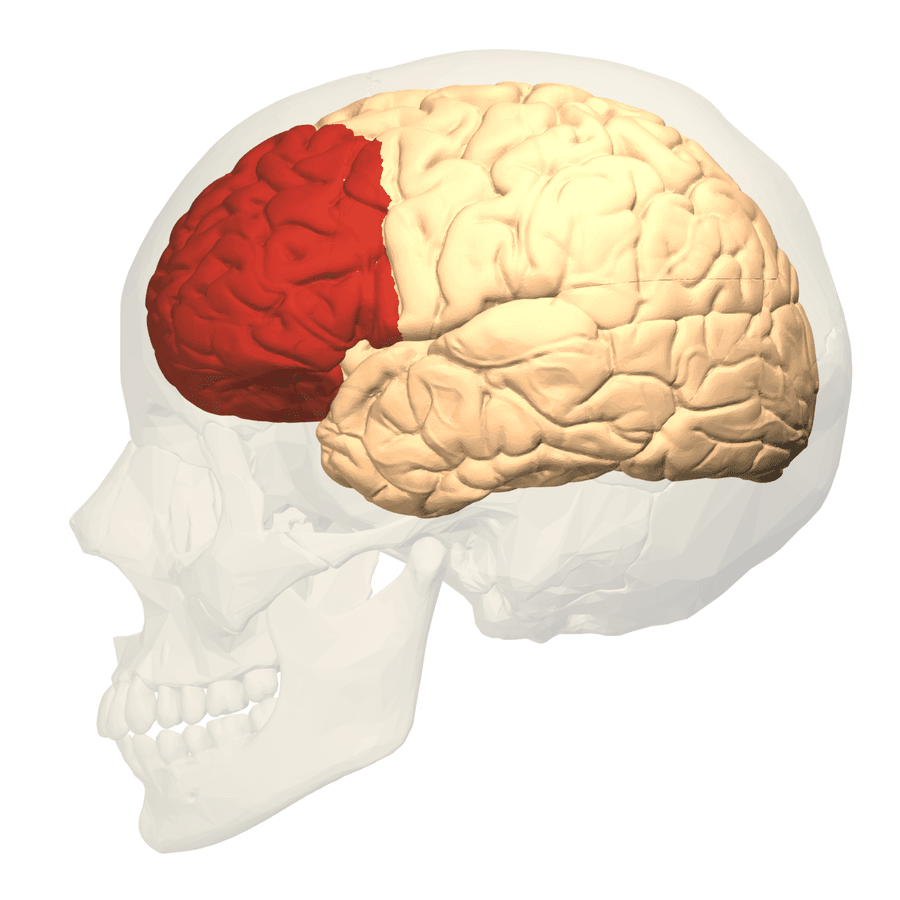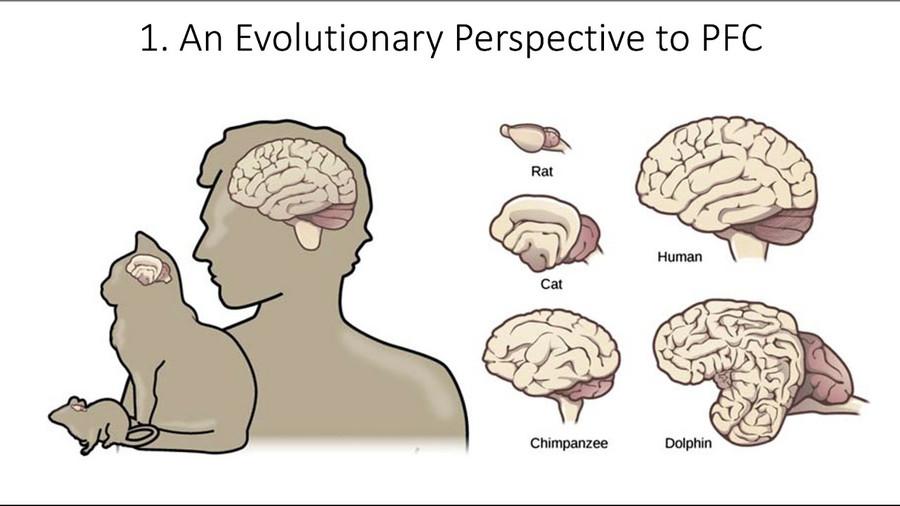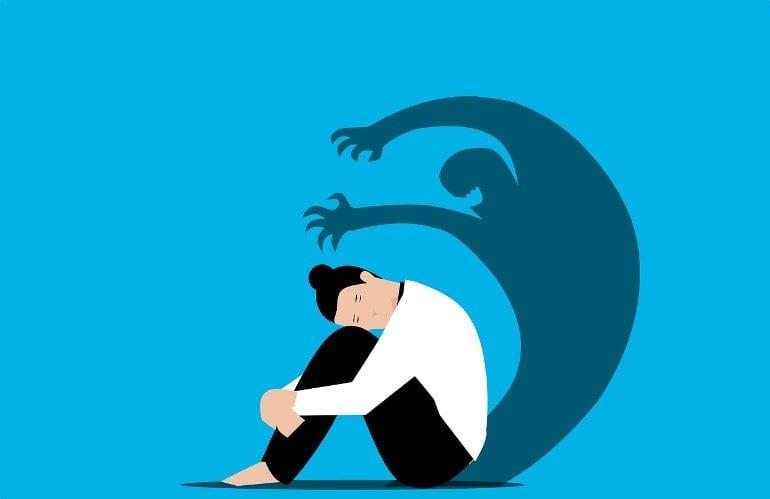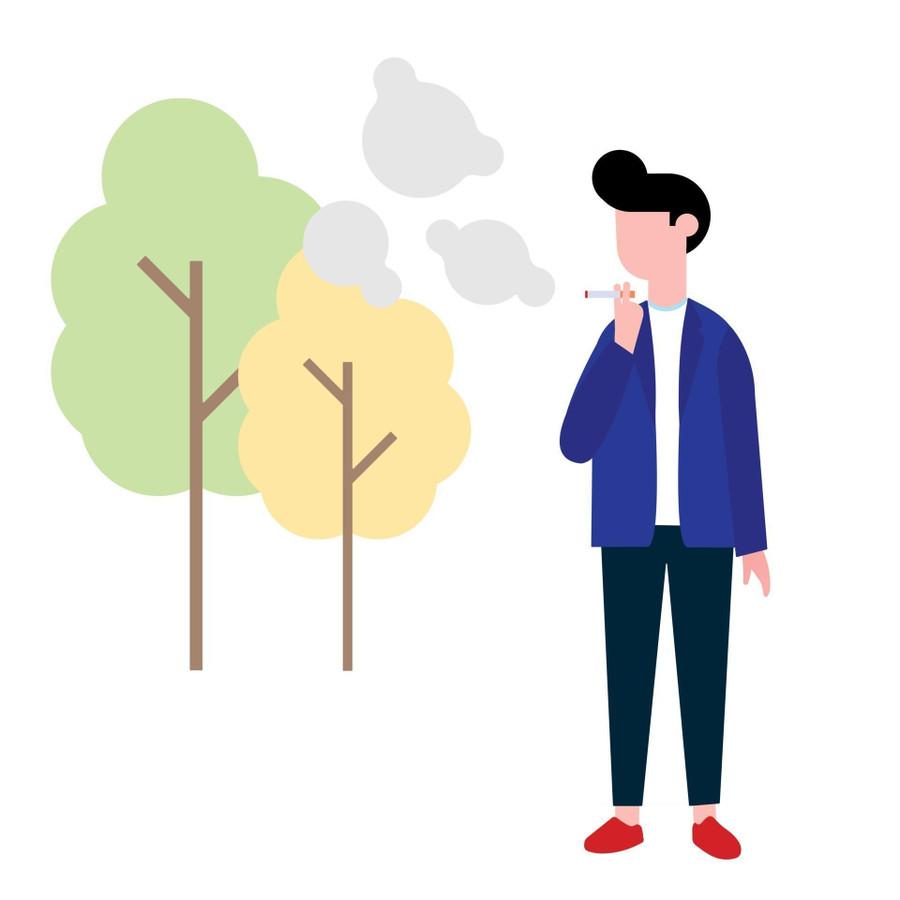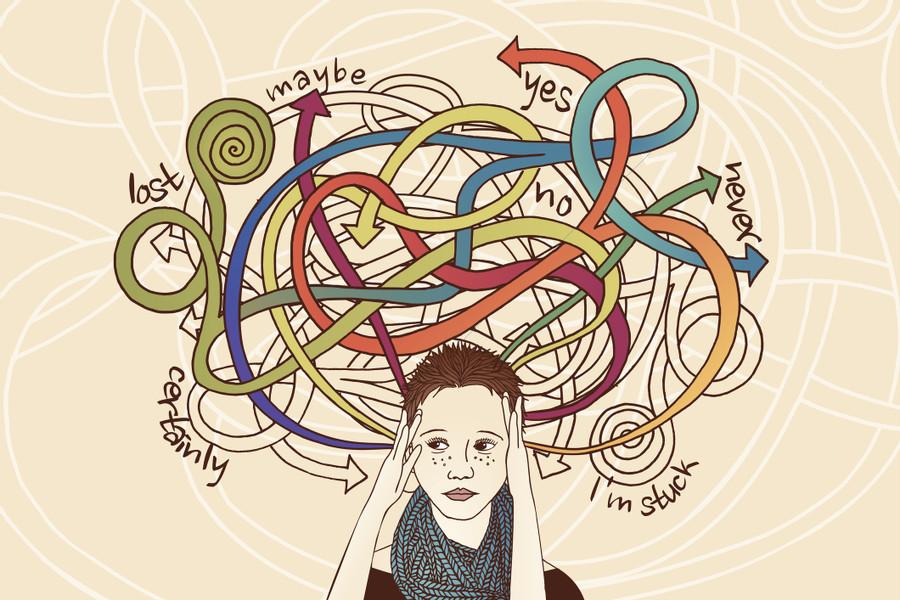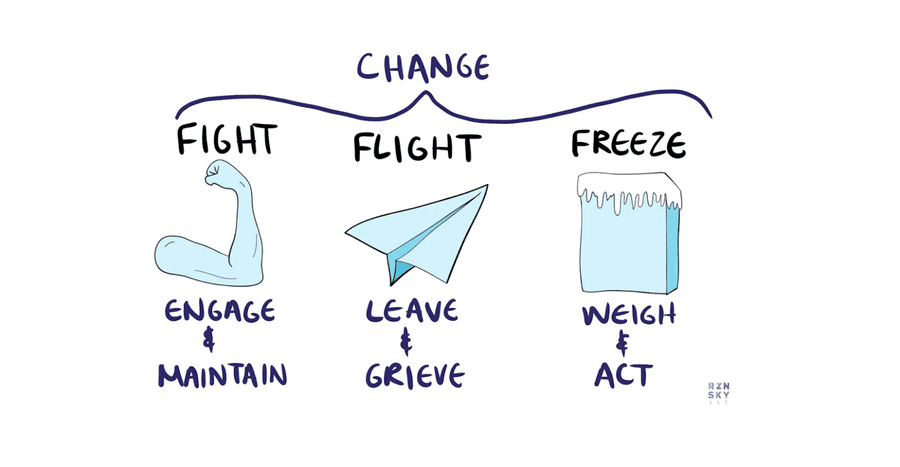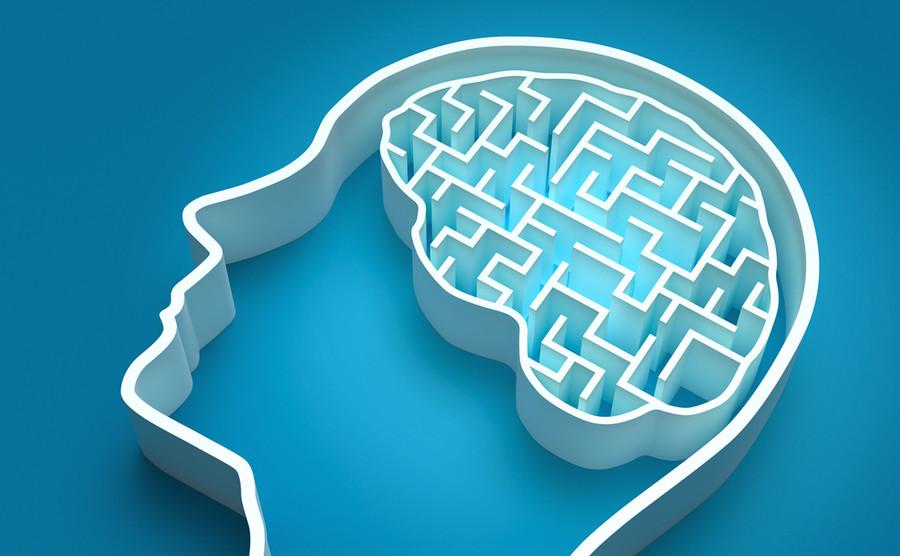Mihai-Sebastian Ioniță's Key Ideas from Unwinding Anxiety
by Judson Brewer
Ideas, facts & insights covering these topics:
13 ideas
·13.6K reads
86
4
Explore the World's Best Ideas
Join today and uncover 100+ curated journeys from 50+ topics. Unlock access to our mobile app with extensive features.
Anxiety hides in people’s habits
We all get anxious, it’s a part of life, yet how we deal with it is critical.
If we don’t know how anxiety shows up or why, we might get caught up in temporary distractions or short-term fixes that actually feed it, creating bad habits in the process (have you ever eaten ice cream or cookies when you’re stressed?).
Or we might spend our whole lives adding to our anxiety by trying to cure it (why can’t I just find why I’m anxious and fix it?).
159
1.58K reads
Anxiety and its close cousin
The anxiety and its close cousin, panic, are both born from fear. It's well known that fear’s main evolutionary function is helping us survive.
Fear is the oldest survival mechanism we’ve got. Fear teaches us to avoid dangerous situations in the future through a brain process called negative reinforcement.
Evolution made this really simple for us, we need only three elements in situations like this to learn:
- an environmental cue
- a behavior
- and a result
159
1.41K reads
The prefrontal cortex
Sometime in the last million years, humans evolved a new layer on top of our more primitive survival brain; neuroscientists call this the prefrontal cortex (PFC).
From an anatomical perspective, this “newer” brain region is located just behind our eyes and forehead.
Involved in creativity and planning, the PFC helps us to think and plan for the future.
The PFC predicts what will happen in the future based on our past experience. Yet critically, the PFC needs accurate information to make accurate predictions.
156
1.25K reads
The lack of information
If information is lacking, our PFC plays out different versions of what might happen to help us choose the best path forward.
It does this by running simulations based on previous events in our lives that are most similar.
For example, trucks and buses are similar enough to cars that we can safely assume we should look both ways to avoid any fast-moving vehicle.
153
1.21K reads
Anxiety
Anxiety is born when our PFCs don’t have enough information to accurately predict the future
Without accurate information, our brains found it easy to spin stories of fear and dread, based on the latest reports that we had heard or read.
And because of the way our brains are wired, the more shocking the news, increasing our sense of danger and feelings of fear, the more likely our brains are to remember it.
When we can’t control our anxiety, that emotional fever spikes into panic (defined online as “sudden uncontrollable fear or anxiety, often causing wildly unthinking behavior”).
176
1.1K reads
Mapping a habit
We map out how the pieces fit together and drive one another. Sometimes simply becoming aware of the habit patterns helps us step out of them, with significant results. At other times, we need a little hand-holding along the way.
How often have you struggled to force yourself to overcome old habit loops and failed? How can you fix something if you don’t know how it works? Mapping out habit loops is an obvious place to start. This mapping effort is defined as the first gear.
158
999 reads
The default mode network
In neuroscience, the default mode network (DMN), or anatomically the medial fronto-parietal network (M-FPN), is a large-scale brain network primarily composed of the medial prefrontal cortex and the posterior cingulate cortex and angular gyrus.
The DMN was discovered by Marcus Raichle and his crew at Washington University in St. Louis. It was called the default mode network because this is what our minds go to whenever they are not engaged in a specific task.
The DMN gets activated when our mind is wandering, thinking about things in the past or future, caught in repetitive thought
158
887 reads
The posterior cingulate cortex
A hub of the DMN called the posterior cingulate cortex (PCC) connects a bunch of other brain regions.
The PCC is interesting because it gets activated when people are shown pictures that are reminders of or triggers for their addictions.
For example, the PCC lights up with cocaine cues (e.g., a picture of a few lines of cocaine on a mirror) in cocaine-addicted individuals, with smoking cues (e.g., a picture of someone smoking) in nicotine-addicted individuals, and with gambling cues (e.g., a picture of someone playing roulette) in individuals addicted to gambling.
156
781 reads
When we face dangerous situations
There are different types of people depending on how they react when facing danger.
These people can be categorized into three different groups based on their reactions. These groups are fight, flight, and freeze.
155
912 reads
You must let the pain visit.
You must allow it to teach you.
You must not allow it overstay.
IJEOMA UMEBINYUO
192
907 reads
Pay attention
Every time you pay attention to your actions, you become more aware of what you actually get from them.
If you notice that potato chips make you feel crappy when you eat too many, you get less excited about eating the whole bag next time.
Not because you have to force yourself to not eat them, but simply because you remember what happened last time (and the time before that, and the time before that, and the time before that).
This also holds true for worry, procrastination, or any other anxiety habit loop that you’ve learned over the years.
161
788 reads
The thinking trap
The theory sounds—and is—simple. Yet this can easily fall into the thinking trap that was mentioned in the last chapter: you can know that something is bad for you, but thinking doesn’t change behaviors on its own. It isn’t strong enough.
Watch your thoughts. They become words. Watch your words. They become actions. Watch your actions. They become habits. Watch your habits. They become character. Watch your character. It becomes your destiny.
198
850 reads
192
993 reads
IDEAS CURATED BY
Mihai-Sebastian Ioniță's ideas are part of this journey:
Learn more about psychology with this collection
How to develop a healthy relationship with money
How to create a budget
The impact of emotions on financial decisions
Related collections
Discover Key Ideas from Books on Similar Topics
5 ideas
Rewire Your Anxious Brain
Catherine M. Pittman, Elizabeth M. Karle
5 ideas
Rewire Your Anxious Brain
Catherine M. Pittman, Elizabeth M. Karle
13 ideas
The Mountain Is You
Brianna Wiest
Read & Learn
20x Faster
without
deepstash
with
deepstash
with
deepstash
Personalized microlearning
—
100+ Learning Journeys
—
Access to 200,000+ ideas
—
Access to the mobile app
—
Unlimited idea saving
—
—
Unlimited history
—
—
Unlimited listening to ideas
—
—
Downloading & offline access
—
—
Supercharge your mind with one idea per day
Enter your email and spend 1 minute every day to learn something new.
I agree to receive email updates


